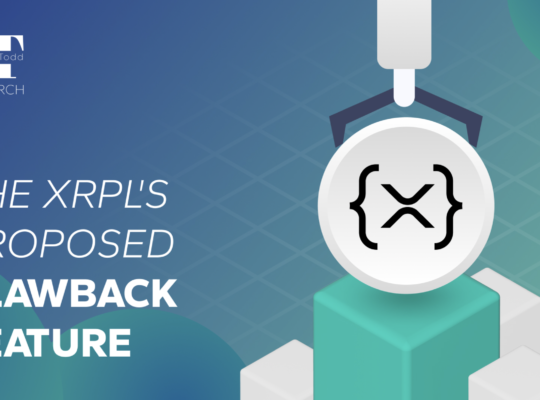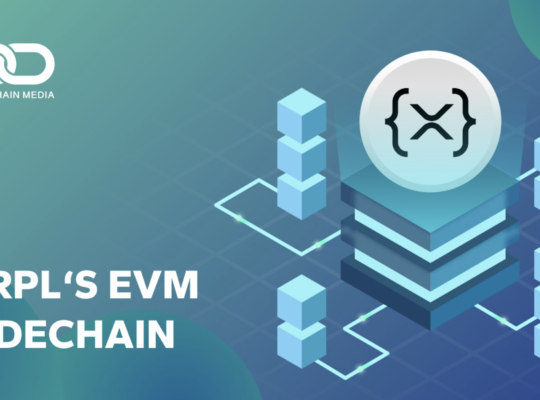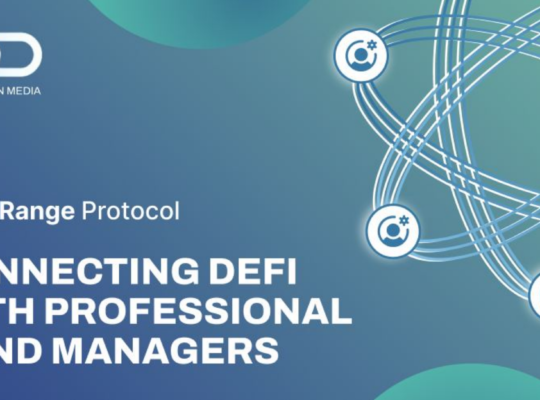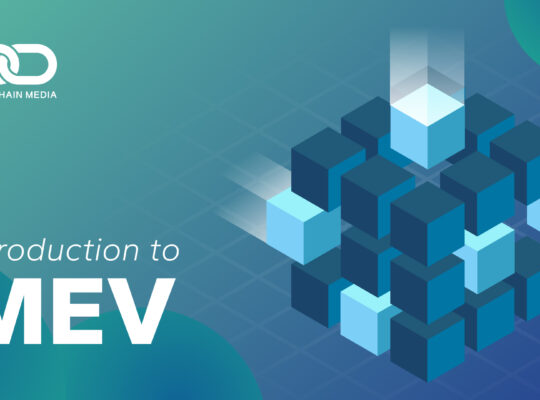I’ve just arrived at ETHDenver, with the goal of learning more about the current state of DeFi and meeting interesting projects. I’ll then be sharing that information publicly to help foster education and growth in the industry.
My first day was yesterday, February 28th, and as follows:
- Interop Summit: I attended various presentations and took detailed notes. There were many interesting takeaways that I’d recommend browsing below.
- Sui Builder House & Cocktail Happy Hour: Sui was formed by the ex-Meta team and is based around the Move programming language. They’ve raised $300M and have many active developers building new projects on the chain.
- Crypto Nomads Club: an NFT project that I’m a part of, for people traveling the world in the crypto space. A few interesting conversations included a real-life NFT project that raised $250K to help endangered wildlife, and DeFi projects building on Arbitrum.
I’ve written out my key takeaways below in a manner that makes them easy to skim. A quick outline includes:
- Microsoft is bullish on Web3 and exploring new partnerships. Interesting views on L2’s and ZK technology.
- There will likely be DEXs for various use-cases and communities, rather than a single DEX that wins.
- Consumers expect a lot when it comes to their payments experience and we aren’t there yet with DeFi. There’s huge potential given the extent of broken payment systems in the world, but it could take a while to fully evolve.
- Sui Builder House has lots of great talent and seems like a promising project. They have major gaming partnerships in Korea and elsewhere, an amazing coding language, and lots of builders (with many coming over from Solana). Given that they’re still in Testnet phase, I view this as a medium-term horizon project.
Interop Summit: 9am — 5pm
- Microsoft is receiving signals from Web2 firms that they are interested in blockchain. By partnering in the space, they’re not only providing tools to their clients but also actively learning more about the space. Their recent partnership with Ankr was a big step forward in this, and now node infrastructure and more are available to Microsoft Azure clients.
- With the new generation of Layer-2 blockchains it’s possible to experiment with Zero-Knowledge proofs as computation is abundant with ZK technology, unlike ETH which has blocks with block limits where people compete. This feature of ETH causes supply to go up slowly while demand rises exponentially. With ZKs you’re only paying for the actual amount of computation you need itself, which is linear in pricing. Many things can be done to hide the complexity under the hood to make things better, which is what ZK is starting to do.
- A.I. and Web3 coming together could create something crazy, even though it’s too early to tell what right now.
- Will everyone have a ZK strategy? The future will be multichain and it makes sense that they’ll be built on ZK as it’s optimal for bridging the technologies without intermediary assumptions. Which architecture will thrive is unclear, but there will likely be some consolidation, especially on the most dominant L1s which is likely to be ETH.
- 2023/2024 will be an exciting time for Layer 2’s and ZK EVMs.
- Even crypto people aren’t using stablecoins to send money cross-border, so we have a long way to go. Why?
- UX remains a big barrier.
- Fear of regulation
- We’re not where we get a great experience without thinking it’s crypto. No one knows how SWIFT, interbank statements, etc work.
2. Why pay with stablecoins for coffee? Well, if you live in NYC or something, it might not make sense. But more broadly, there’s a lot of broken payment systems in the world.
3. Regulators will begin to learn from each other when this stuff is in the wild, such as MiCA next year in Europe, and they begin to see challenges. However, unlikely to achieve global consensus.
4. On the payments side, we have a long way to go as we still don’t have an efficient way of doing things like automated refunds. But consumers have very high expectations when it comes to payments. It will probably a long time before everything’s running on crypto. Still lots of problems to be addressed, like making a TX mistake and losing your funds. But still clear benefits right now, like USD denominated bank accounts globally.
- Staking as a Service really requires 24/7 monitoring, keeping things up-and-running, and so on. Ideally everyone self-stakes but that’s not going to happen. People come to a staking provider because their time is better spent doing something else.
- Every network is a like a micronation with their own ideals, customs, and so on. Coinbase Cloud is almost like a travel agent in the sense that they know what to expect, and provide suggestions in order for validators to choose their preferred network. Total # of validators, minimal stake, governance obligations, slashing characteristics, etc.
- How can you figure out the best value for a cross-chain infrastructure provider?
- A company that will stick around (good funding, ISO certified, BOD, audited financials)
- Large number of validators
- Distributed between a bunch of clouds
- Overlap between current roadmap looks like and future roadmap looks like. E.g. supporting your future chains, if you’re a wallet.
4. Aggregated liquidity pools will be exciting, and cross-chain will unlock really amazing liquidity potential.
- We need consensus to agree on the state of the ledger. So use incentivize based methods like PoW or PoS where crypto is given as a reward for making consensus more secure. However, there can be limitations. For example, if TX value > incentives → insufficient security. And vice-versa, there are excessive fees.
- Stellar uses Proof of Agreement (PoA), where human-level agreement is the basis of consensus protocol. This doesn’t work if you want to distribute crypto rewards in the same way as you would BTC, but otherwise works well.
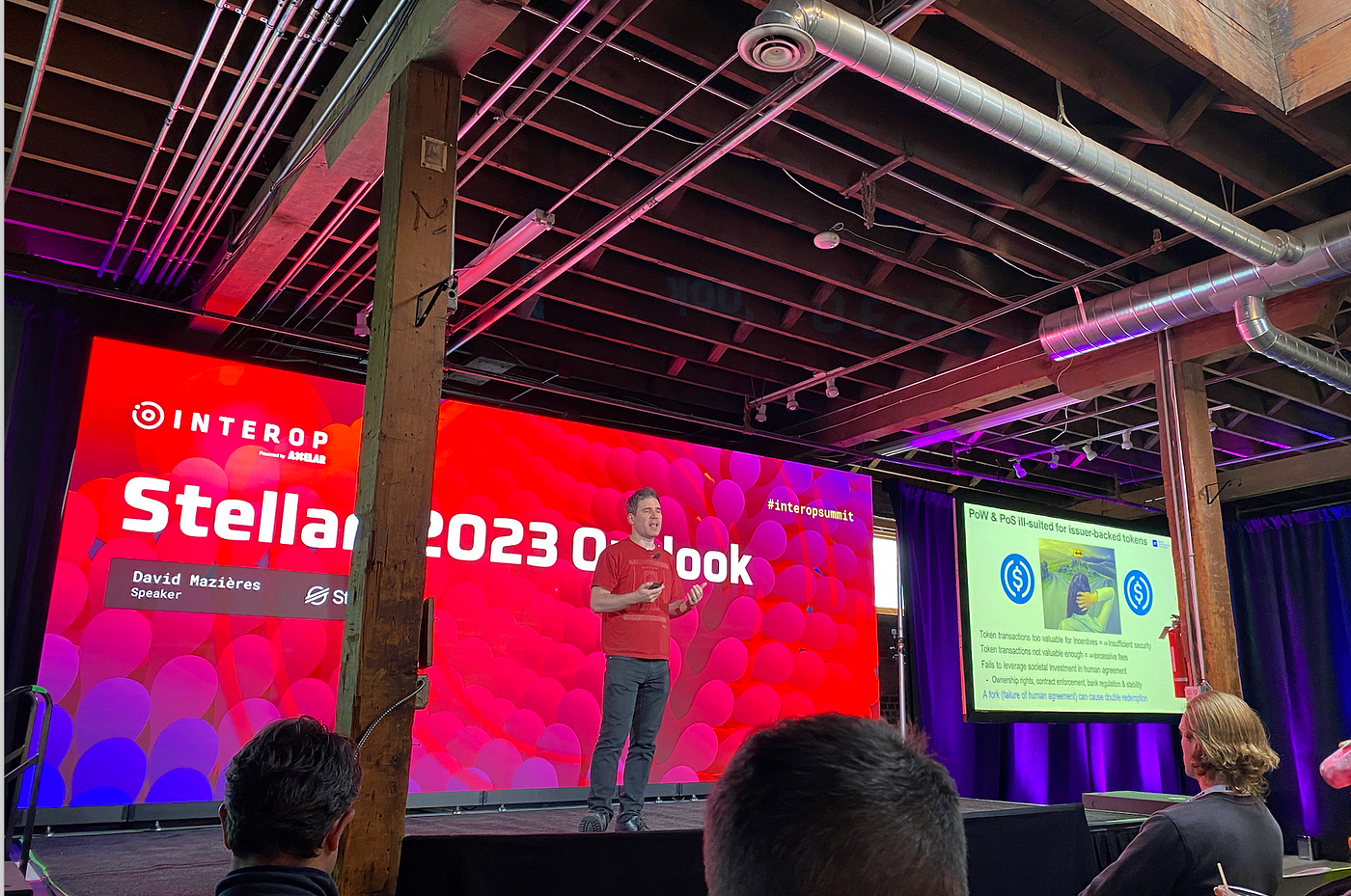
3. Real world usage:
- Vibrant App: USD denominated savings in Argentina etc
- Moneygram: cash out in 190+ countries
- Stellar aid assist: used by Unicef etc
- Sunny thinks that there won’t be a single DEX, but there will be power laws and a few DEXs may control a disproportionate amount of TVL. They might all be for different niches as well, rather than being appropriate for everything. Different chains have different qualities that may trend towards different AMM designs.
- In the future there will be all kinds of DEXs with dominance in their own areas. Not only mechanism design, but product design, such as Asian-DEXs having strong liquidity for USDT which is more popular there.
- Osmosis was able to connect via IBC to 50+ chains, and now to EVM chains due to Axelar.
- SushiSwap is across a bunch of chains but it’s not a seamless experience, and every chain is different ofr them. So Osmosis is trying to simplify this, by importing assets from everywhere into one place. So that’s how they provide multichain liquidity into a single DEX.
- The U.S. has incredible talent, but a lot are young and can move anywhere. If other countries are more favourable, and if the U.S. doesn’t handle things properly, people will start seeking more favourable jurisdictions.
- Once Shanghai upgrade happens, there may in fact be more companies willing to stake, so not necessarily bearish.
Sui Builder House & Happy Hour: 5–7pm
Sui was created by the ex-Meta team, recently raised $300M, and uses the Move programming language. Apparently it’s an amazing developer experience, and seems that many Solana people are moving over as it’s similar to Rust.
Sui’s invested a lot in their Builder House and seems to be lots of smart people building there. They’ve also landed 4 major partnerships with big Korean gaming firms.
Overall, it seems like Sui has big promise but this will take some time to unfold. For example, their mainnet will launch later in 2023, and it will also take some time to have more and more developers begin learning Move.
Major VC firms such as Republic appear to be interested in Sui, which is a positive sign.
Crypto Nomad Club Dinner: 7–10pm
Nick from https://tigerqueen.io/ has an interesting NFT project whereby the NFTs correspond to 3D representations of real-world animals at various wildlife rescue centers. He sold the NFTs to people around the world, with the funds being used to help rehabilitate endangered animals. While I normally don’t look into NFTs significantly, it’s extremely interesting how he raised $250,000+ dollars with significantly less effort than existing fundraising methods. This was a great example of how NFTs can bring together global liquidity and build community.
There were also two projects building financial products on Arbitrum, a very fast growing Layer-2. This was super interesting, it seems like Arbitrum is getting lots of growth.
Conclusion
This was day 1 of 6 for me, and I learned a large amount. Of course, I can’t remember to take notes on every interaction that I have, and therefore some of my learnings are missing from the above.
That being said, it was a great experience. If you liked the above, please let me know below so I know to focus more on this in the future!



